Notifying chemical mixtures to ECHA can be a difficult and costly step for companies and industries even if they perform a system-to-system notification. This relates to the amount and quality of information to be provided for each product in its notification dossier.
The CLP regulation offers alternatives to the different market players to encourage and facilitate the notification of their products
Companies producing chemical mixtures only used at industrial sites have the possibility to submit their products in a limited form
Products with similar components or which differ only in their colouring or scent may under certain conditions be notified in a single dossier
Non-European suppliers and suppliers of non-hazardous products can, via the voluntary notification of their products, transmit the information necessary for the PCN notifications of their clients without disclosing confidential information such as the full composition of their products
Throughout this webinar, we will cover the requirements and information needed to make use of these different types of notifications.
This webinar will cover
PCN submission for mixtures used at industrial sites only
Limited composition information for a limited PCN submission
Tips for a PCN group submission
How to notify of a product with different colours or fragrances?
Use of Generic Component Identifier (GCI) and Interchangeable component group (ICG) for a PCN submission
Relevance of the Voluntary PCN submission
PCN submission for non-EU supplier
Unique Formula Identifier (UFI)
This webinar will benefit
EU and non-EU Companies placing chemical products on the EU market
Companies placing mixtures only intended for industrial use on the EU market
Companies producing and selling chemical products that only differ from each other with their colours, fragrances or perfumes
Companies manufacturing chemical mixtures with similar components or component groups
Companies don’t know the real concentration of their product’s components for the notification due to the variation of the different batches
Global regulatory professionals from companies having activities in the EU
Any regulatory professional working closely with the EU CLP regulation
About the presenter
Patrick Moungang, Hazard Communication Consultant
Patrick Moungang is a Hazard Communication Consultant and an experienced Safety Data Sheet and Label author with over 6 years of experience in consultancy and Industry for the classification and labelling of substances and mixtures according to EU (CLP) regulations and other global regulations.
For many years he has been responsible for the European Poison Centre Notification for a variety of industries in different European Members States. As an EHS (Environment, Health and Safety) Manager, he is furthermore in charge of the risk analysis, storage and safe disposal of chemicals used at the worksite.

